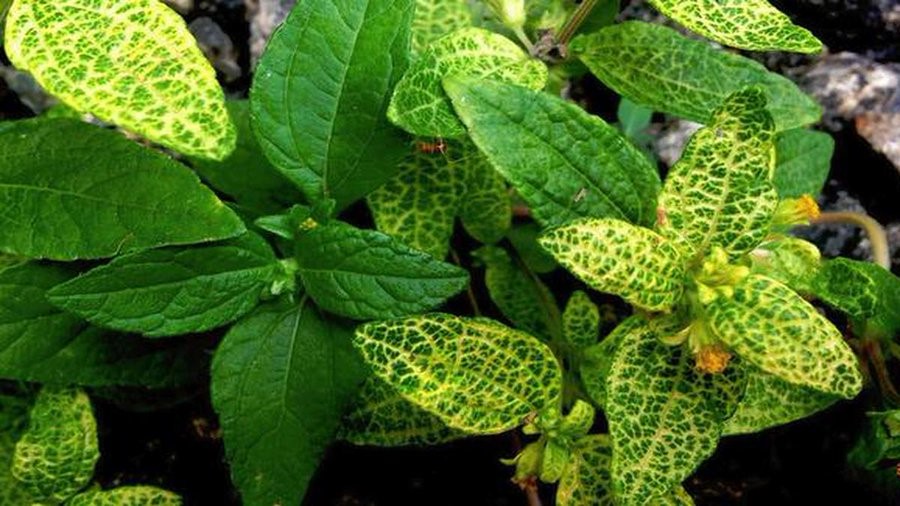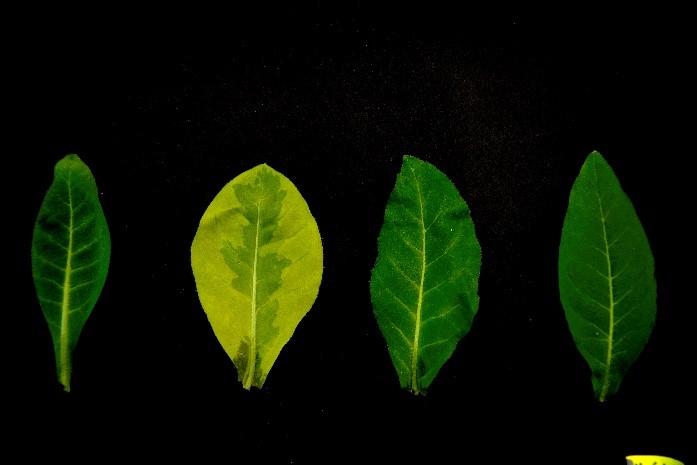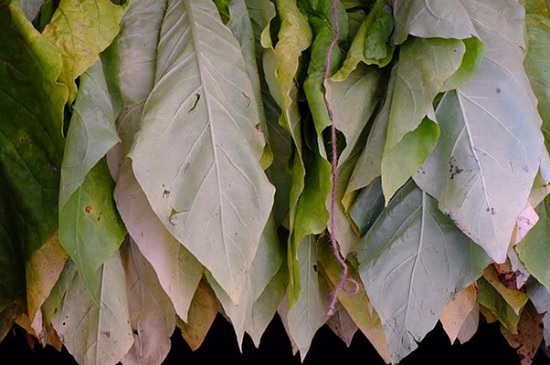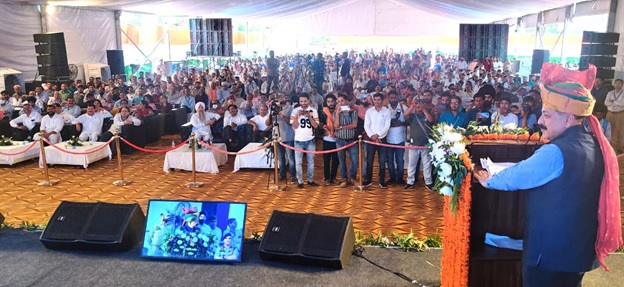
Whenever we observe a few yellow veined leaves on a sick plant we know that some pathogen has attacked it. In most cases, the yellowing or other discoloration observed on a sick plant is a precursor to cell death which eventually kills the infected plant. A group of researchers from the National Centre for Biological Sciences (NCBS), Tata Institute of Fundamental Research (TIFR), Bangalore, and SASTRA University, Thanjavur, has demonstrated how a tiny virus turns its host plant into a virus-copying zombie factory!
The mechanism that causes the infected leaves to die and produce more infectious viruses is beyond the naked eye. The researchers studied one of the several intricate molecular pathways a virus takes once the infection starts. Begomovirus belongs to a devastating class of plant virus that causes extensive economic loss and aggravates food insecurity worldwide.
“Understanding the mechanism Begomoviruses utilize to conquer their host can provide us with novel targets to produce virus-resistant plants or chemically intervene in viral infection,” says the lead researcher Dr P.V. Shivaprasad while talking to India Science Wire.
The chloroplast is the plant cells’ major food processing factory and is responsible for converting solar energy to chemical energy that animals consume to survive. It has the special pigment, chlorophyll, which gives the leaf its green colour and acts as a pivotal component to capture solar energy. The begomoviral infection has been found to meddle with the normal function of the plant cell’s chloroplast.
Whenever we observe a few yellow veined leaves on a sick plant we know that some pathogen has attacked it. In most cases, the yellowing or other discoloration observed on a sick plant is a precursor to cell death which eventually kills the infected plant. A group of researchers from the National Centre for Biological Sciences (NCBS), Tata Institute of Fundamental Research (TIFR), Bangalore, and SASTRA University, Thanjavur, has demonstrated how a tiny virus turns its host plant into a virus-copying zombie factory!

Apart from its role as a kitchen for a cell, chloroplast also acts as the armoury for the plant. It produces various chemicals that have broad anti-viral effects. Begomovirus infection leads to yellowing and vein clearing patterns on leaves. The team found that a viral protein named βC1 degrades the chloroplast DNA code during infection to disrupt its anti-viral chemical synthesis.
“Without the DNA code, chloroplasts cannot produce essential components to keep the factory running,” explains Dr Shivaprasad.
To further elucidate this, Dr Shivaprasad says “This viral protein repurposes a host cell’s salvage enzyme, which is supposed to be activated only under circumstances of leaf death due to old age and degrade chloroplast DNA during infection in young leaves. This strategy of Begomovirus to disrupt chloroplast results in the vein-clearing symptoms observed during a viral infection.”
The researchers performed a transcriptome analysis to understand the effect of βC1 on host cellular pathways. The omics analysis showed that chloroplast is the primary target for this viral protein. To unearth the mechanism of βC1’s activity, they employed various biochemical and biophysical assays and studied protein-protein interaction with the help of immuno-precipitation and Mass-spectrometry analysis.
Begomovirus induces the degradation of chloroplast DNA genetic code to disrupt anti-viral defense of host plants. This destruction of chloroplast becomes visible as yellowing symptoms.
Yellowing symptoms are visible in various other pathogenic invasions, including devastating bacterial and fungal infections. The researchers hypothesize that the mechanism opted for by multiple unrelated plant pathogens could be very similar. It is essential to understand the role of chloroplast during pathogenic infection from a defense perspective, which can directly or indirectly help develop virus-resistant plants.

The team comprises Ashwin Nair, Chitthavalli Y. Harshith, Anushree Narjala, and Padubidri V. Shivaprasad. The article has been published in The Plant Journal.
India Science Wire
ISW/SM/TIFR/plants/Eng/12/04/2023





